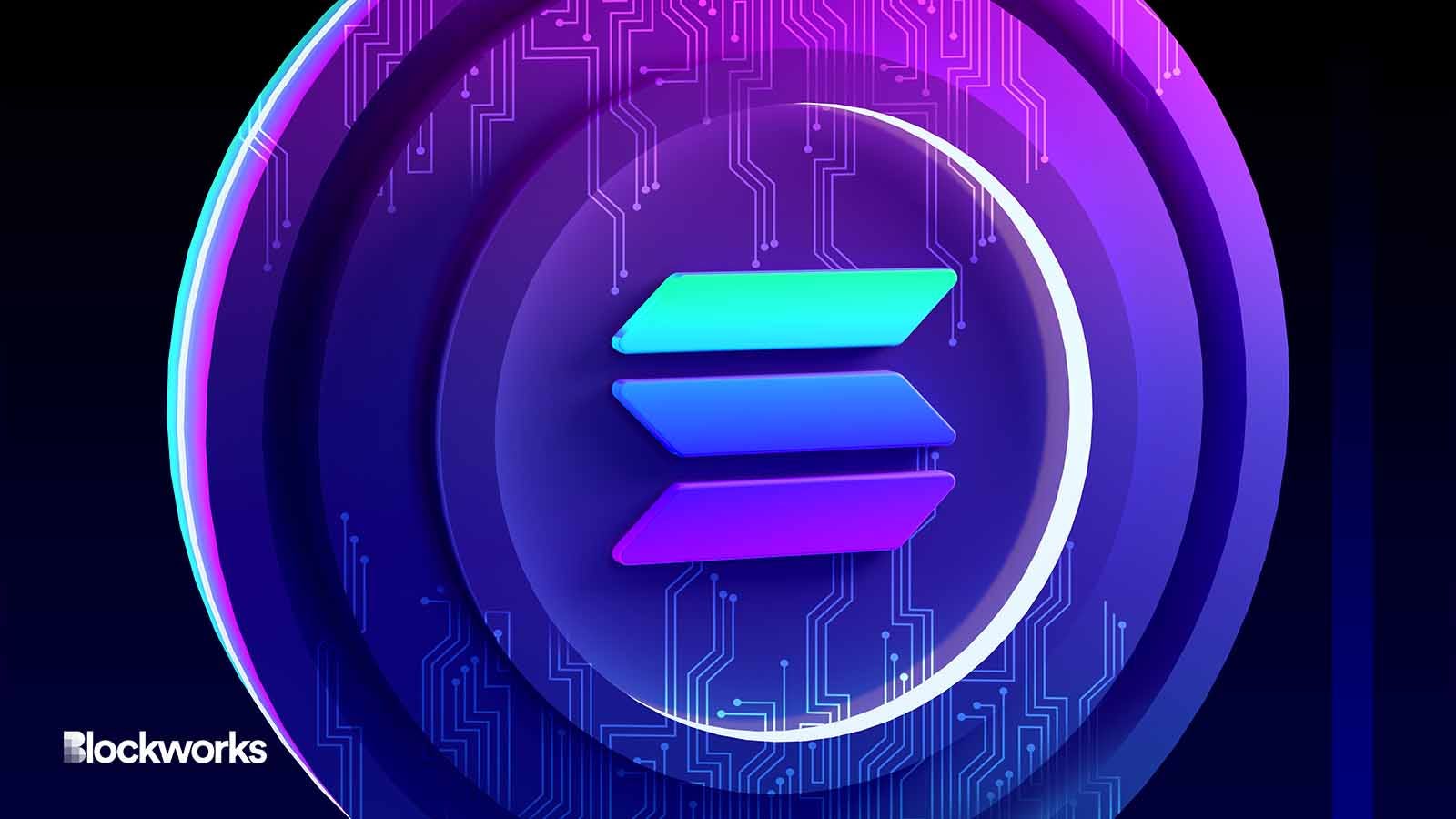Rebuilding trust: Solana’s roadmap after a challenging year
Solana is aiming to put its previous headaches in the rear-view, with an eye on improving equitability for validators in the block production process

Voar Designs/Shutterstock modified by Blockworks
Hoping to shake off the fallout from last year’s collapse of FTX, layer-1 smart contract blockchain Solana is setting its sights on the next five years.
According to Solana co-founder Anatoly Yakovenko — speaking at Blockworks’ annual flagship event, Permissionless, on Tuesday — the years-long value proposition would seek to level the playing field for producing new blocks.
“I think I would love to see us land, from a technical perspective, multiple leaders per slot,” the co-founder said. “And this is something that is a very different roadmap from all the other blockchains.”
The feature, according to Yakovenko, would supposedly bring a new level of “fairness” to transaction processing.
A slot is a period of time during which a new block can be added to the blockchain. Within most chains, there is usually only one leader or validator who gets the opportunity to add a block during that slot.
This can sometimes prove problematic due to issues surrounding scalability, centralization risks and efficiency.
Yakovenko’s goal is to give validators, even those with as little as 0.001% of staked Solana (SOL) tokens, a fair chance to contribute to block production, according to the co-founder.
“To have those guarantees, we actually need competition at the same time for block producers, and something that we’ve been working on, internally designed by us, is to support multiple leaders per slot,” Yakovenko said.
Such lofty concepts have attracted the likes of Maker, one of the industry’s oldest DAOs, to consider tapping Solana for its Endgame Plan — a proposal intending to “overhaul and improve the governance and tokenomics” of the Maker ecosystem.
Solana also announced on Tuesday that its wallet, Solflare, would be launching on MetaMask Snaps — a feature by the wallet provider to improve functionality and offer wider wallet customization.
With the Solflare integration, users can directly manage SOL and NFTs associated with Solana through MetaMask wallets. Solana’s dapps can now also be accessed through MetaMask, Blockworks reported.
“Solana has an incredibly vibrant ecosystem of apps of which many are only possible on Solana,” Solflare co-founder Filip Dragoslavic said in a statement on Tuesday.
Overcoming setbacks
As the crypto market trudges through its current downturn, the blockchain project, once a top-10 contender by market capitalization and previously considered “Ethereum-killer,” continues to make strides.
Visa announced last week that it would allow its partners to send or receive USDC settlement payments via the Solana blockchain in a bid to speed up settlement times for their merchants.
That’s been a positive development for the project, which still faces challenges in overcoming past setbacks.
In the dying days of FTX late last year, it was revealed that the exchange’s sister trading desk, Alameda Research, held SOL to the tune of $1.2 billion — its second-largest holding behind FTX’s native token, FTT.
As fears over a market-wide contagion gripped the industry, SOL and by extension, Solana, were swept up in the furor. The development led to a 47% sell-off in SOL’s value over a seven-day period. This further compounded the project’s already battered reputation of being unable to maintain consistent uptime in its operations.
In the final month of 2022, Web3 software provider Dust Labs disclosed it would be relocating its premier Solana-based NFT ventures, DeGods and Y00ts, to alternative blockchain ecosystems. DeGods eventually transitioned to Ethereum, while Y00ts migrated to Polygon.
The move was seen as an attempt to deviate from what some considered a fatal blow at the time, following the collapse of Solana-based liquidity provider Serum. Serum, a major contributor to Solana’s DeFi activity, was founded in August 2020 by the Solana Foundation, FTX, and Alameda.
When asked what he thought was the biggest misunderstanding for his chain over the last year, the co-founder said it was the perception of Solana as “just a bunch of open-source software.”
“You don’t have to fear it,” he said.
Get the news in your inbox. Explore Blockworks newsletters:
- The Breakdown: Decoding crypto and the markets. Daily.
- 0xResearch: Alpha in your inbox. Think like an analyst.






